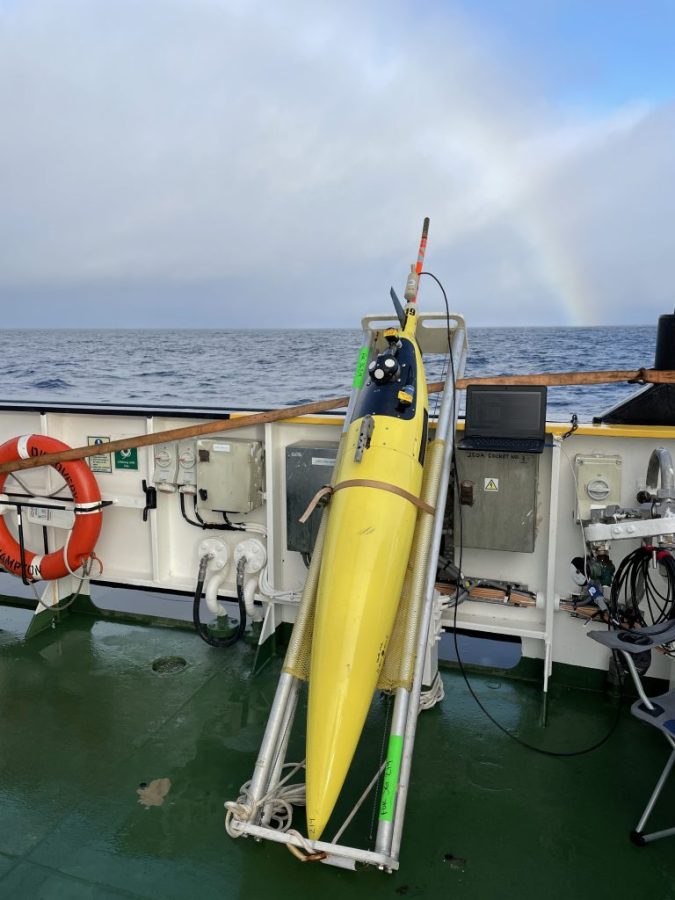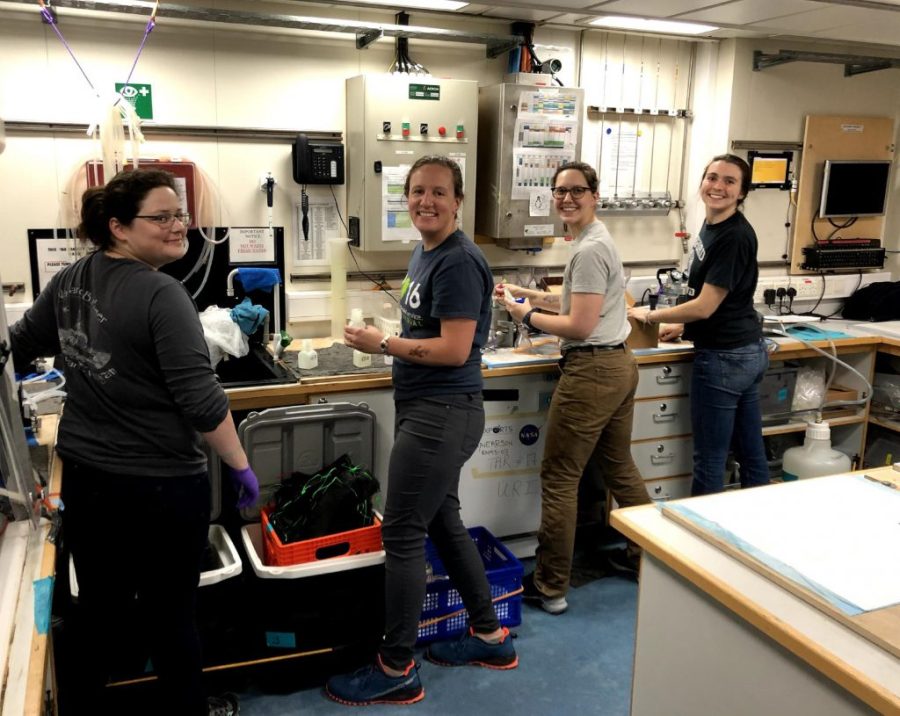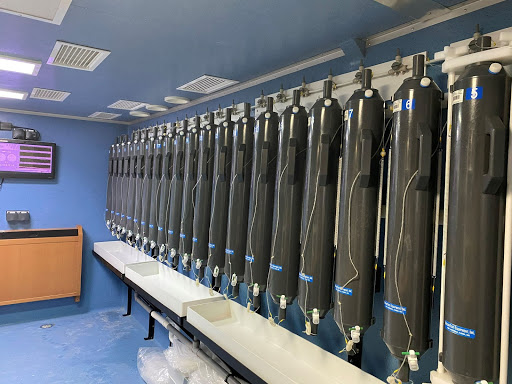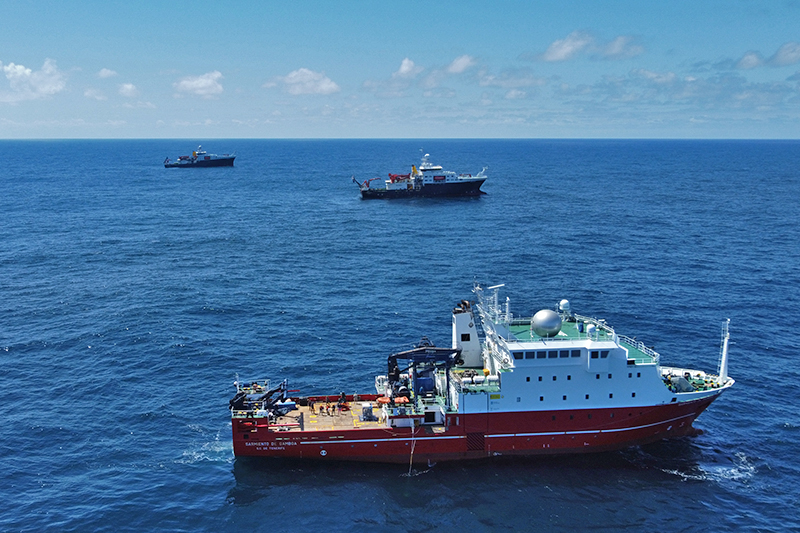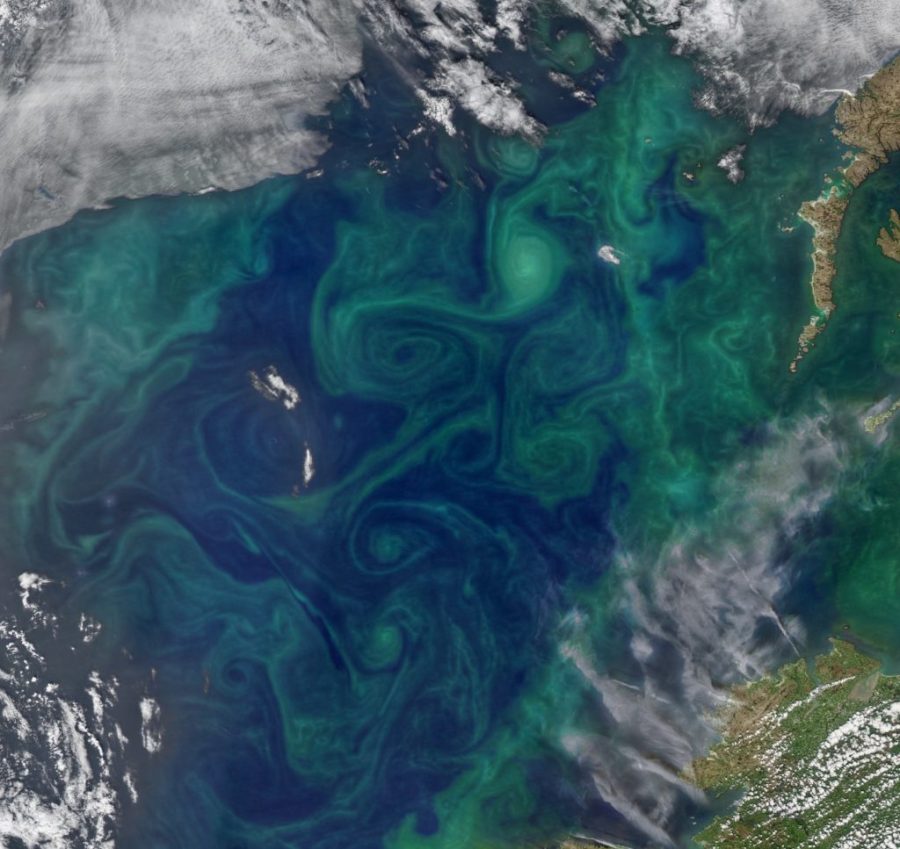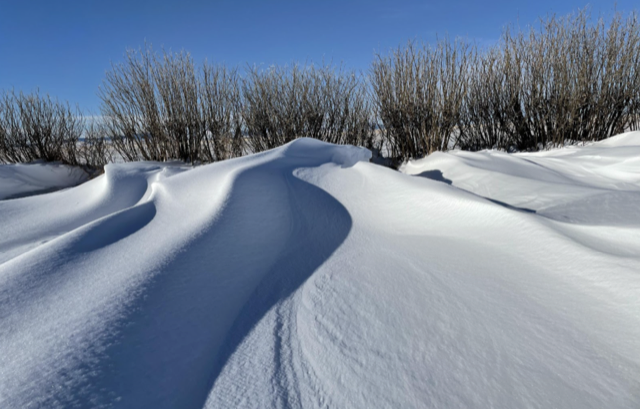By Shawnee Traylor, PhD student in the joint Massachusetts Institute of Technology and Woods Hole Oceanographic Institution program in Chemical Oceanography / NORTHERN ATLANTIC OCEAN / Satellites have undoubtedly opened up new ways for scientists to study the ocean, giving us global coverage of the surface of the ocean without ever having to step foot …
Roaming the Depths: The Role of Autonomous Assets in the EXPORTS Campaign
